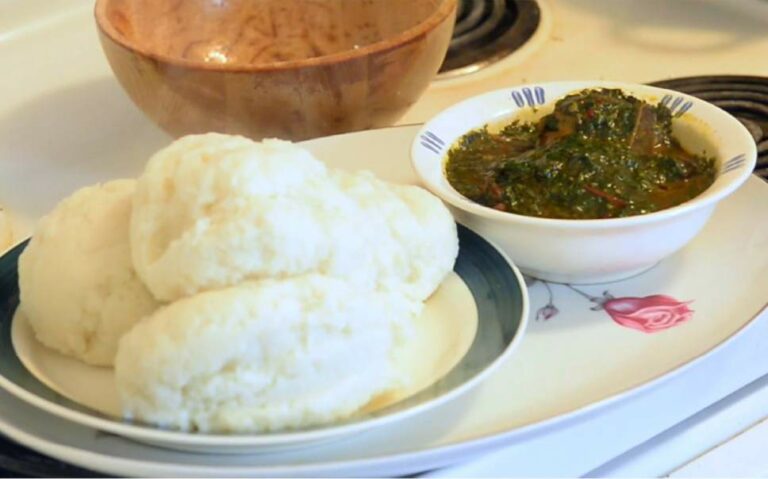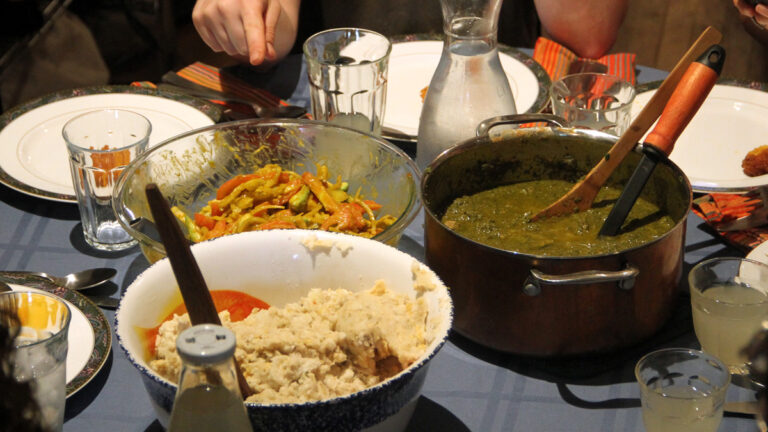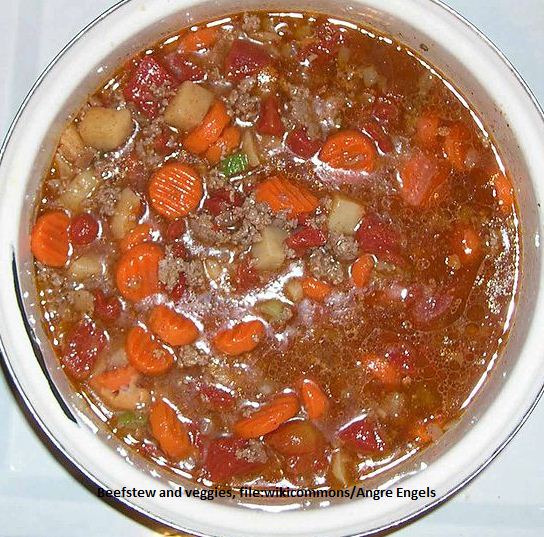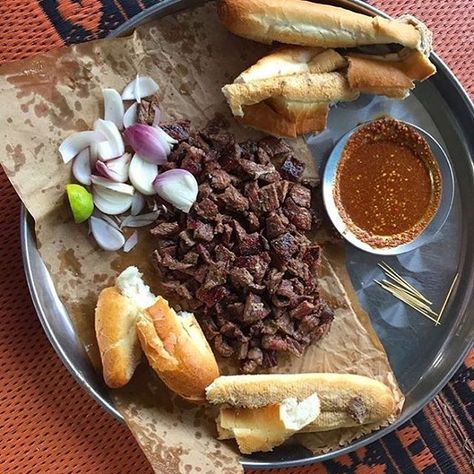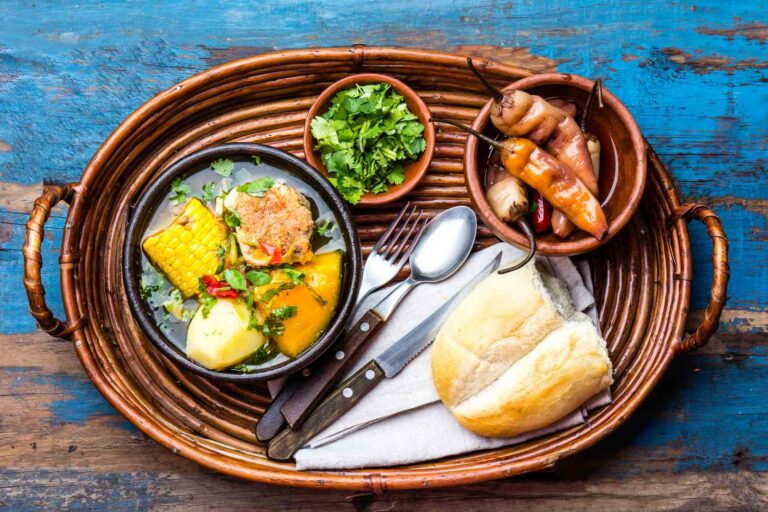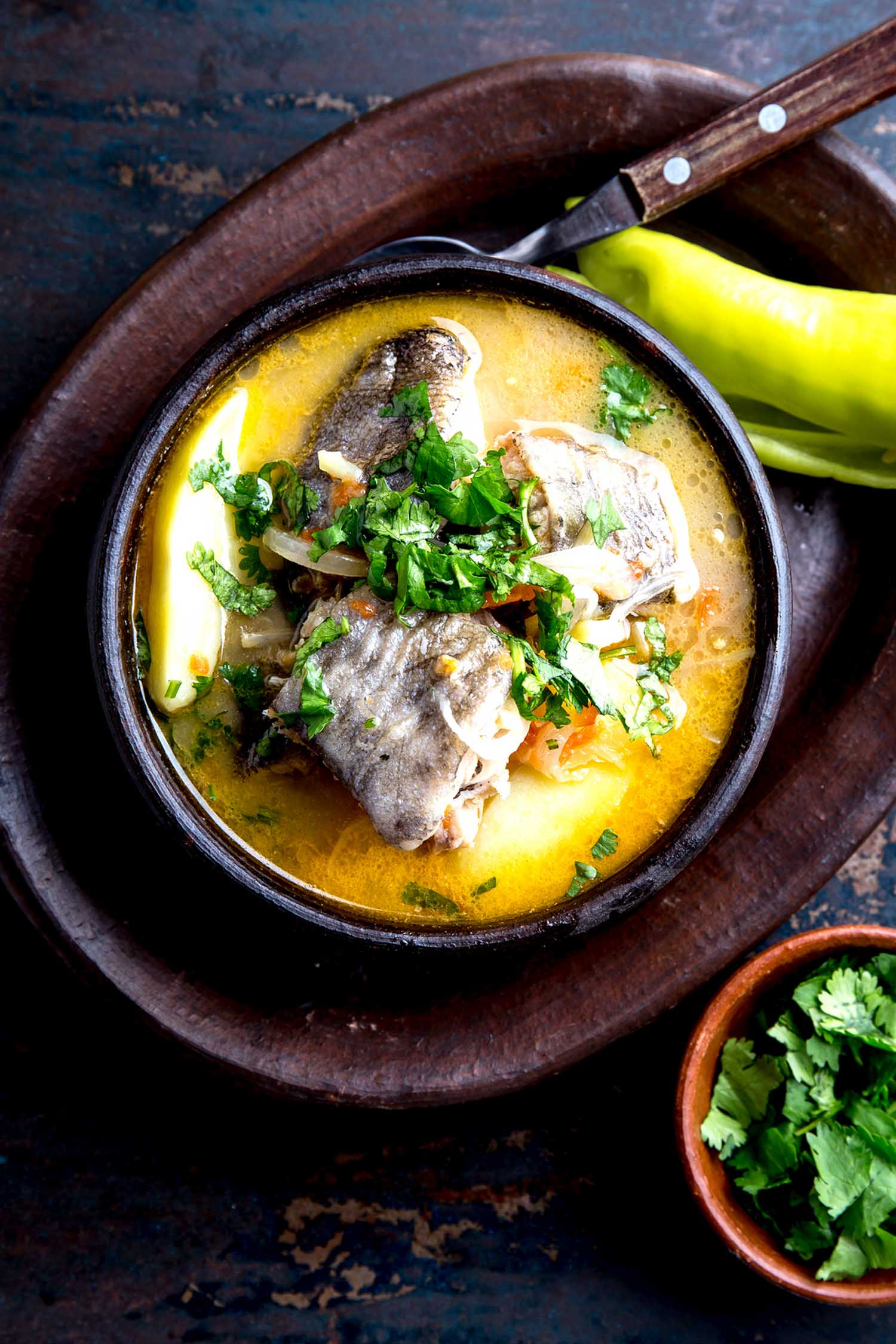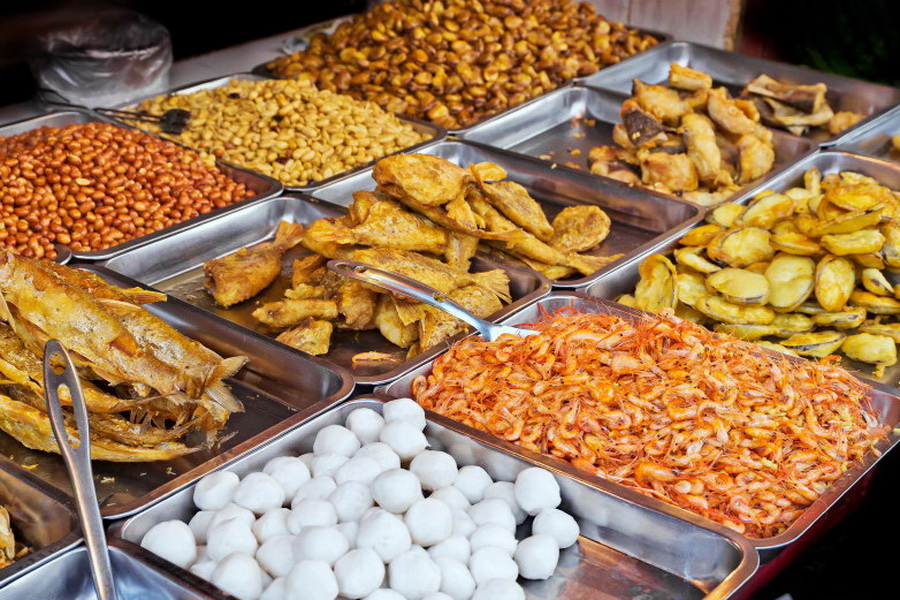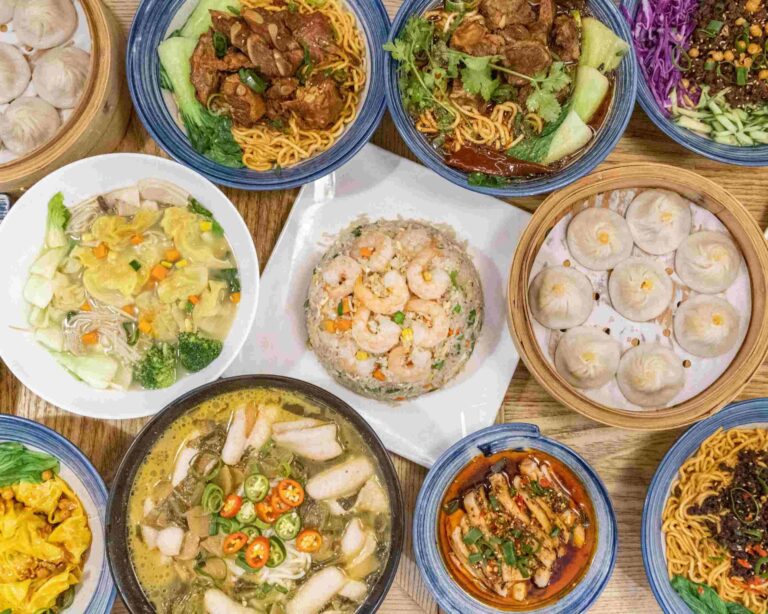Introduction: Canadian cuisine at a glance
Canadian cuisine is a diverse and flavorful blend of ingredients and cooking styles from various cultures around the world. As a country with vast landscapes and resources, Canadian dishes often incorporate locally sourced ingredients such as meat, seafood, dairy, grains, and vegetables. Additionally, Canada’s indigenous communities have a rich culinary tradition that has influenced the country’s food culture.
Meat: a staple in Canadian cooking
Meat has always been a staple ingredient in Canadian cuisine, and beef and pork are the most popular choices. However, game meats such as venison, bison, and caribou are also widely consumed, especially in the northern regions of the country. Canadian meat dishes are often cooked using traditional methods such as grilling, smoking, or roasting, and are commonly served with potatoes, vegetables, or gravy.
Seafood: fresh catches from coast to coast
Canada is bordered by three oceans, so it’s no surprise that seafood is a crucial part of Canadian cuisine. Atlantic salmon, lobster, and crab are prevalent in the eastern regions of the country, while Pacific salmon, halibut, and shellfish can be found on the west coast. Additionally, freshwater fish such as trout and pickerel are popular in the central and northern regions of the country. Canadian seafood dishes are often prepared simply, with minimal seasoning, so as not to overpower the natural flavors of the seafood.
Dairy: milk, cheese, and butter in every meal
Dairy products such as milk, cheese, and butter are ubiquitous in Canadian cuisine. Canada is known for its high-quality dairy products, and Canadian cheese is particularly renowned for its unique and varied flavors. Dairy products are used in a wide range of dishes, from poutine (french fries with cheese curds and gravy) to creamy soups and sauces.
Grains: wheat, corn, and oats in Canadian dishes
Grains such as wheat, corn, and oats are common ingredients in Canadian cuisine. Wheat is used to make bread, pasta, and baked goods, while corn is a staple ingredient in dishes such as cornbread, tortillas, and corn chowder. Oats are often used in breakfast dishes such as oatmeal and granola, and are also used as a thickener in soups and stews.
Vegetables: locally grown and seasonal
Canada has a diverse range of fruits and vegetables that are grown locally and seasonally. Some of the most popular vegetables in Canadian cuisine include potatoes, carrots, onions, and squash, which are often used in stews, soups, and roasted dishes. Leafy greens such as kale, spinach, and chard are also popular, and are often used in salads or as a side dish.
Maple syrup: Canada’s sweetest ingredient
Maple syrup is one of Canada’s most famous exports and is an essential ingredient in Canadian cuisine. Maple syrup is made from the sap of maple trees and is used as a sweetener in a wide range of dishes, from breakfast pancakes to glazes for meat and vegetables. Maple syrup is also used to make desserts such as maple tarts and maple sugar candy.
Indigenous foods: traditional dishes from First Nations cuisine
Canada’s indigenous communities have a rich culinary tradition that has influenced the country’s food culture. Traditional dishes such as bannock (a type of bread), pemmican (dried meat mixed with fat and berries), and wild rice are still prepared today. Other popular ingredients in First Nations cuisine include game meat, fish, berries, and herbs such as sage and cedar. Today, many Canadian restaurants are incorporating indigenous ingredients and cooking techniques into their menus to celebrate and share this important part of Canadian culture.



